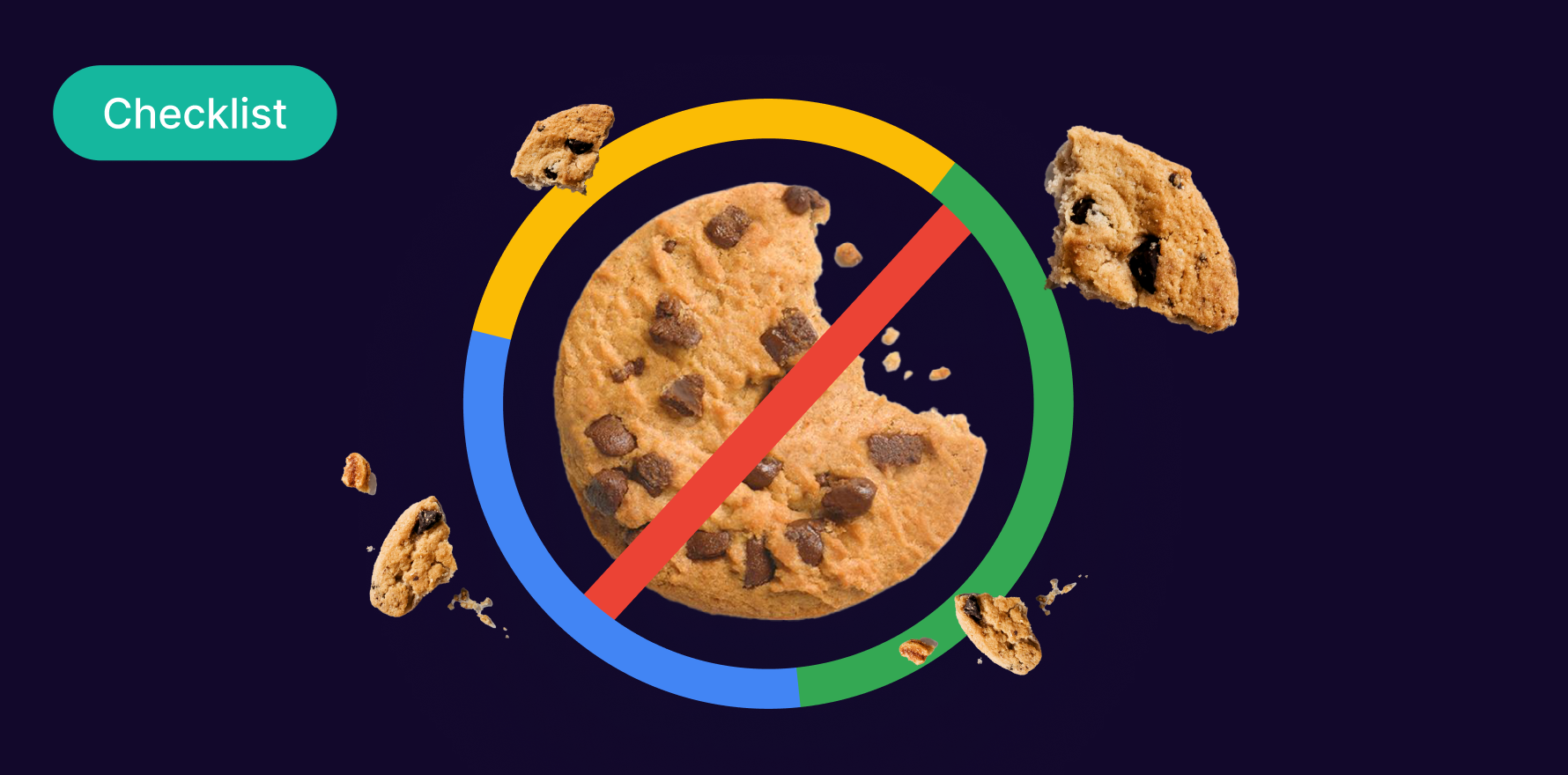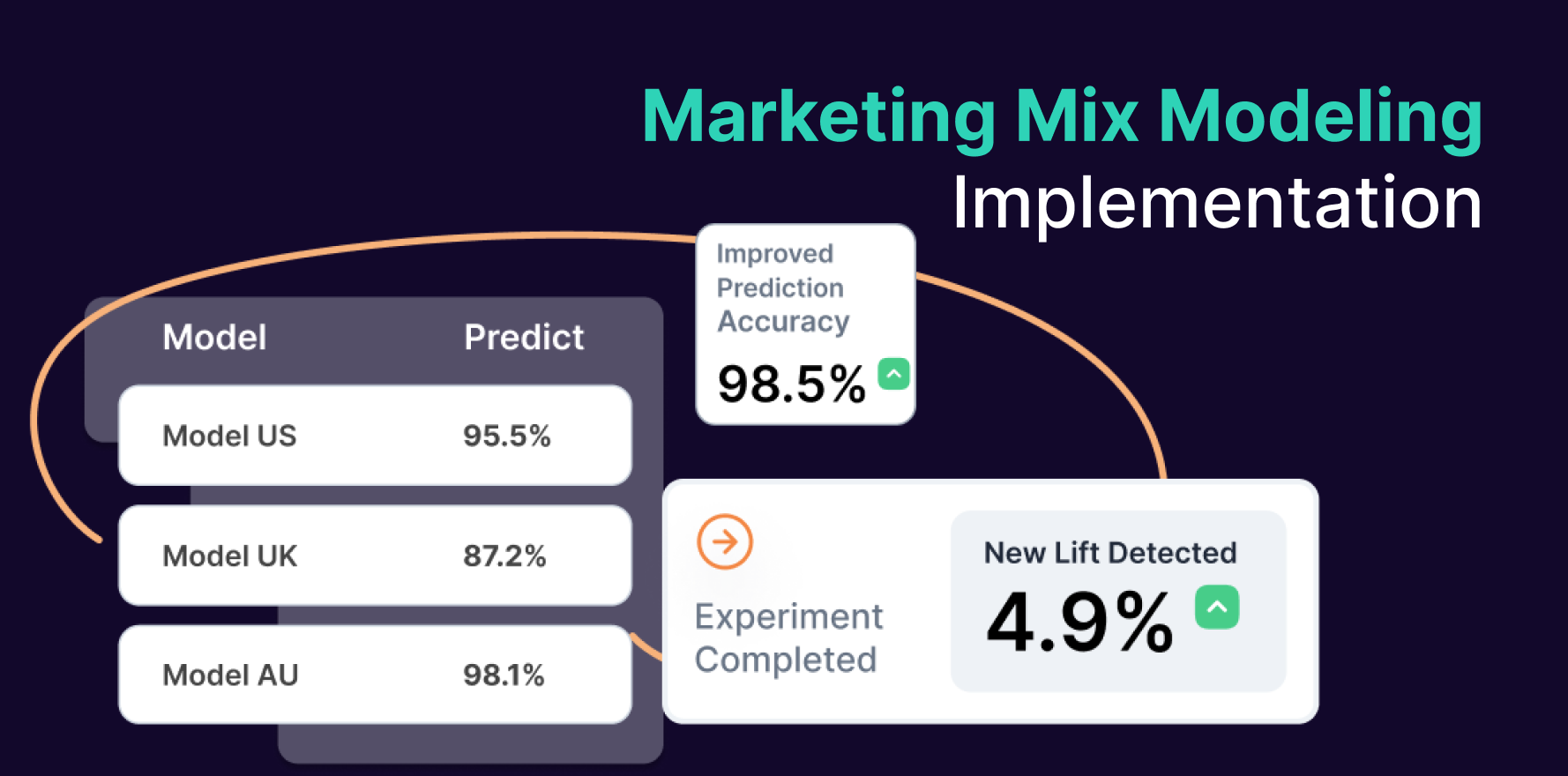What is Cost per 2-second video view?
Cost per 2-second video view (CPAV) is a metric used to calculated the cost of each two-second video view, bringing visibility into the overall cost-effectiveness of a video campaign. The calculation looks at the total budget for the campaign, and the aggregate views accumulated within the two-second window. By understanding the cost per view after two seconds, marketers can gauge the effectiveness of their message and how successful the video campaign is at targeting the right audience.
Formula
Cost per 2-second video view = Total Advertising Cost / Total Number of 2-second video views
Example
Let’s say an ecommerce company ran a video advertising campaign on a social media platform. They spent a total of $5,000 on the campaign and received a total of 10,000 2-second video views.
Using the formula, the calculation for Cost per 2-second video view would be:
Cost per 2-second video view = $5,000 / 10,000 = $0.50
Therefore, the Cost per 2-second video view for this ecommerce company would be $0.50. This means that, on average, it cost them $0.50 to generate a 2-second video view through their advertising campaign.
Why is CPAV important?
Cost per 2-second video view is an important metric to measure the performance of video campaigns. It helps marketers to understand the cost-effectiveness of their campaign and how well targeted their message is. This metric also gives visibility into a video’s success and provides insight into which parts of the video viewers are engaging with. By using CPAV, marketers can make sure that their video campaigns are reaching the right audience and that they are getting the most bang for their buck.
Which factors impact CPAV?
Several factors can influence the cost per 2-second video view, including the cost of the campaign, the industry and niche of the video segment, the number of views, the engagement of the viewers with the video content, and the optimization of the video ads. Additionally, other factors such as the overall reach of the video, the budget of the campaign, and the location of the target audience can all have an impact on the cost per view.
How can CPAV be improved?
To improve the cost per 2-second video view, marketers should focus on optimizing the content of their videos. This means making sure that the videos are engaging, high quality, and easy-to-understand. Marketers should also make sure that the videos are targeted towards the right audience, based on their location, gender, and interests. Additionally, marketers should make use of retargeting and segmentation techniques to ensure that their videos are being seen by the right people.
What is CPAV’s relationship with other metrics?
Cost per 2-second video view is closely related to other ecommerce metrics, such as the average cost per click, clickthrough rate, and average view duration. By understanding the relationship between these metrics, marketers can more effectively optimize their video campaigns and maximize their ROI.
Free essential resources for success
Discover more from Lifesight
























































